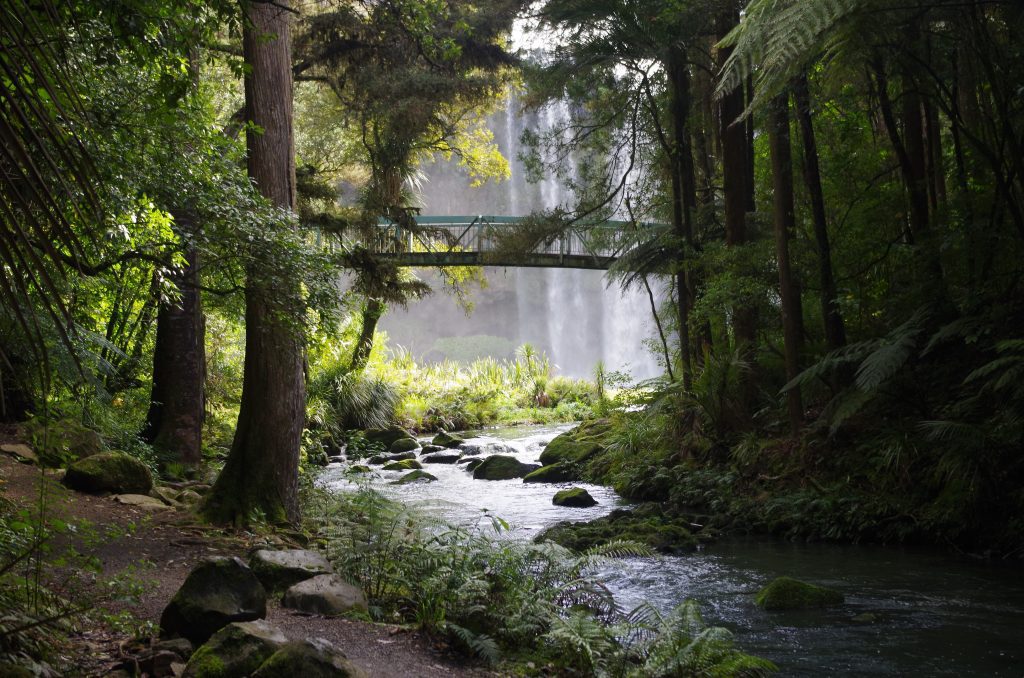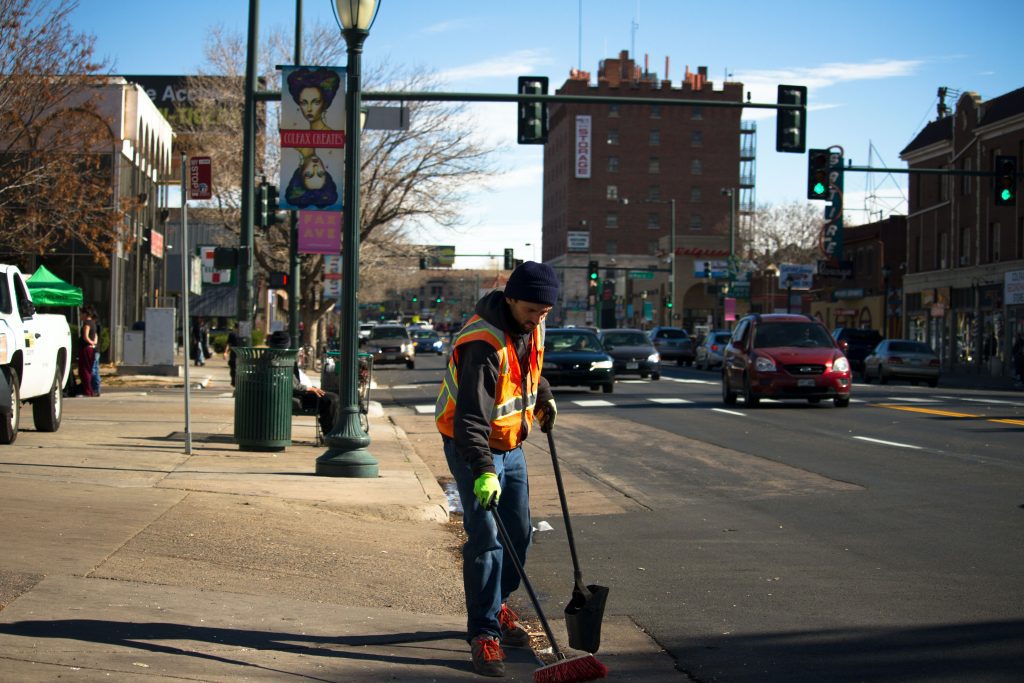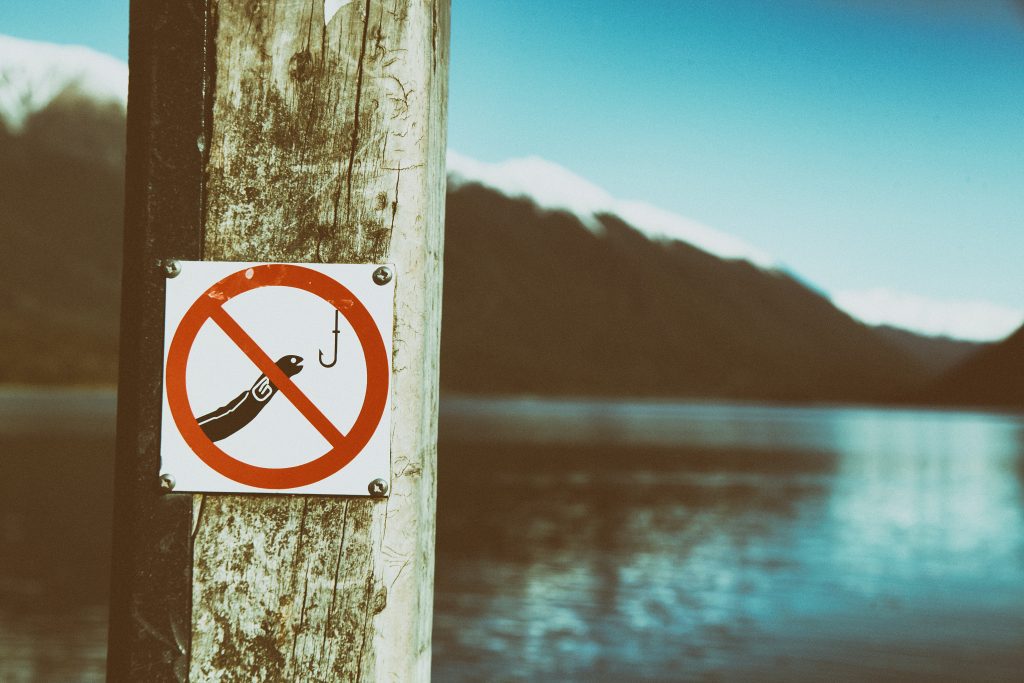author
Jacques Lawinski
post
- 10/01/2023
- One Comment
- Ecology
share
We’ve seen kaitiakitanga used a lot recently, when we’re talking about the environment. But what does it really mean? And how can we use it in a way that is true to tikanga Māori?

In Aotearoa New Zealand, we seem to hear the word kaitiakitanga quite frequently in reference to sustainability and environmental management, especially since we have become more aware of the ecological problem (coming soon). But what is kaitiakitanga, and are we using it in the way it was intended by Māori, or has this concept been colonised by a certain view on the world, and lost its intended meaning?
The story of kaitiakitanga is traced back to the late 20th century, where the New Zealand Government and Māori began using the term in discussions over the lack of rangatiratanga, authority, that Māori had over the environment in the country. The development of the Resource Management Act (RMA) in 1991 cemented the use of this term in our judicial system.
The RMA defines kaitiakitanga as follows: “the exercise of guardianship by the tangata whenua of an area in accordance with tikanga Māori in relation to natural and physical resources; and includes the ethic of stewardship”.
Similarly, the Te Ara Encyclopaedia defines kaitiakitanga as “a way of managing the environment.” They continue, “Kaitiakitanga means guardianship, protection, preservation or sheltering.” Guardianship seems to be the main word that comes up when we have discussions about kaitiakitanga. We, as human beings, are (or should be) guardians of planet Earth. This means taking care of the planet, looking after it, deciding what is best for it, and steering it towards this state.
In a Stuff article about how kaitiakitanga could be relevant today, Jade Temepara echoes this idea, writing that kaitiakitanga is “a way of managing the environment, based on the Māori worldview.” We should, according to Temepara, be reducing our use of plastic, and making conscious shopping choices, to fulfil our role as guardians of the environment.
I recently picked up an issue of the Capital magazine, and whilst reading about Māori influences in contemporary architecture, the concept of kaitiakitanga rose its head. Whare Timu (Ngāti Kahungunu, Te Arawa, Ngāti Tūwharetoa) criticises how we translate and use the word. He says, “A guardian is a protector that stomps its foot and places its own ego in protecting something,” but kaitiakitanga, he explains, is about reciprocity. “If you want to take, you should be able to give back.”
Timu is right. When we are acting as guardians, we are deciding what is best for the environment, and imposing our will upon it, so that it will be able to conform to our wishes and needs. This way of thinking about caring for the planet is problematic. It places human beings at the centre of the world, and requires a dominating attitude towards the natural world. It is this mindset that has led to the ecological problem. We won’t resolve our relationship with nature through thinking in the same way.

So, what does kaitiakitanga mean to Māori, and how did the term come to refer to another way of justifying the current, dominant “environmental management” worldview?
Reverend Maori Marsden writes in an article on kaitiakitanga that the original kaitiaki, or guardians, were not human beings at all; rather, they were the Gods. “The ancient ones (tawhito), the spiritual sons and daughters of Rangi(nui) and Papa(tuānuku) were the Kaitiaki or guardians. Tane was the Kaitiaki of the forest, Tangaroa of the sea, Rongo of herbs and root crops, Hinenui-i-te-pō of the portals of death and so on. Different tawhito had oversight of the various departments of nature. And whilst man could harvest those resources, they were duty bound to thank and propitiate the guardians of those resources.”
Do you see the shift in perspective here? Instead of imposing a human will on the Earth as Whare Timu told us about, in te ao Māori the gods were guardians of the environment. Their will was what determined how the environment would behave towards human beings, and it was only by showing respect, treating the natural world well and in accordance with custom, that she would in turn offer her bounty for human beings to harvest.
Marsden tells us that “the resources of the earth did not belong to man, rather, man belonged to the Earth.” We often hear that the common word for Earth, whenua, is the same as the word for placenta in te reo Māori. According to Māori, humans are born out of Papatuānuku, Mother Earth, and therefore can be seen as her children. Human beings, as coming from the Earth, could not lay claim to their own mother – rather, their mother laid claim to them, and offered them her “resources” in the form of nutrition for life.
In another article on the concept, Merata Kawharu writes that “kaitiakitanga is equally about the past and managing sets of relationships that transcend time and space: between atua ‘gods, spiritual beings’ and ancestors on one hand, and their living kaitiaki on the other.” As we can see, kaitiakitanga is not just about managing what we now call “resources.”
Kaitiakitanga refers to the relationship that Māori hold between themselves and their environment, which is like the relationship that we have with our own mother. Part of this relationship involves obligations towards our mothers, to keep them alive and healthy, and responsibilities to preserve her life-giving properties. In return, our mothers raise us, give us nutrients in both material, spiritual and knowledge-based ways, and allow us to flourish.
Perhaps the most obvious way that Māori enacted “resource management” to look after Papatuānuku was to declare rāhui, or bans, on particular areas of forest or sea, to allow these areas to regenerate. Tõhunga, or experts in noticing the states of particular resources, would alert the chief of the need for a rāhui to be put in place, and, after consultation, this ban would be effective for a certain period of time. In his article, Marsden tells us that this tõhunga would perform a ceremony so that the mauri, or vital life force, of the resource, would be asked to return. After this, the area would be left alone, for it to regenerate without human intervention.
We can see now that to understand kaitiakitanga, we need to make reference to many other concepts in te ao Māori. Kaitiakitanga isn’t about being a guardian of nature. It’s about maintaining a particular relationship between the environment and the community, which is based on bonds of kinship, and relationships of respect and care.
What happens when we disrespect this relationship with our Earth mother, as we are currently doing with pollution, over-consumption, the generation of waste, and the extraction of resources? Marsden puts it quite bluntly: “Man becomes a pillager, despoiler and rapist of his own mother.” The ecological problem, looking from the viewpoint of kaitiakitanga, is about human beings overstepping the boundaries of their relationship with the environment, not showing respect and care, and not giving back as we would give to our mothers in our human relationships.
A key part of kaitiakitanga is reciprocity, as Whare Timu drew our attention to earlier. When we think about managing resources, we don’t think of care, reciprocity, and giving. We think about how we can take in a way such that the resource will still be available for future generations (according to the definition of sustainability, for example). We think across generations, but not about our relationship with the environment itself.
Kaitiakitanga therefore isn’t about managing resources. It’s not a ‘way of managing the environment.’ We do not call our relationships with our birth mothers ‘resource management’, because our mothers are not resources, and our relationships with them are not managerial, but familial. Kaitiakitanga asks us to rethink our relationship with the environment by considering the environment, Mother Earth, as we consider our family relationships.

What happened to kaitiakitanga, that we should end up so far away from its intended meaning?
When we remove all the layers of meaning that we have just added to kaitiakitanga, we seem to be left with a fairly empty concept. One which refers to a romanticised way of looking at nature, and justifies the current rhetoric of “environmental governance” and “sustainable management” by pretending to apply a Māori lens to these words.
The two worlds couldn’t be further apart, however. What we commonly call the “Western view” in New Zealand, which is really one of United States capitalism and foreign relations, British jurisprudence, and a Judaeo-Christian morality, tells us that the environment is a resource, which can be measured, owned, divided, taken, and therefore dominated. We think about “resource management” because the same management techniques of control and direction from the business context can apparently be applied to nature itself.
In 1995, C.S. Holling analysed the impact of these so-called management strategies on populations of fish, cattle, trees, and water. He concluded that any attempt to manage ecological variables inexorably [leads] to less resilient ecosystems, more rigid management institutions, and more dependent societies. The very success of management […] set[s] the conditions for collapse.” In short, environmental management doesn’t work. Worse – it leads to the collapse of the whole ecosystem.
Māori therefore have good reason to doubt the rhetoric surrounding resource management. Maori Marsden writes that “Maori are extremely sceptical regarding the government’s resource management plans, its conservation policies and sustainable management efforts. Based as they are within a society driven by market considerations, conservation and sustainable management policies must eventually fail. So long as the prime values are based on economics, then the values implicit in sustainable management plans are diametrically opposed, and the latter must eventually succumb.”
Kaitiakitanga as another possible way forward seems to have lost its power, and been incorporated into this way of thinking. Merata Kawharu writes that “A problem has developed, where kaitiakitanga has become almost locked into meaning simply “guardianship” without understanding of (or in the case of the Crown, providing for) the wider obligations and rights it embraces.” Kaitiakitanga became a way to refer to the management of a particular environment that we owned individually, rather than, as in tikanga Māori, the relationship with environment as a whole. Kaitiakitanga doesn’t instruct us to look after only our portion of the river, but rather the whole river and its surroundings.
It would seem that kaitiakitanga has been appropriated for use in judicial and governmental contexts, where its full meaning is not understood. This so-called “colonisation” of the word has trickled down into everyday vocabulary, meaning that we end up with kaitiakitanga being translated as “guardianship,” and referred to as a “way of managing resources.” In the end, the consumerist attitude of reducing plastic use, recycling, and being an ‘ethical consumer’ has been mistaken for a way of modernising the concept of kaitiakitanga, when really, it’s just reinforcing a certain problematic worldview.
On the other hand, perhaps the popularisation of the concept has been beneficial, despite its lack of traditional meaning. By including kaitiakitanga in something like the Resource Management Act, Māori have found another justification and way of showing a loss of rangatiratanga (authority) over their lands. Claims against the Crown under the Treaty of Waitangi often make reference to how Māori can no longer exercise kaitiakitanga over their lands and the resources that these lands offer. Kaitiakitanga as a concept still allows us to see that there are two different worldviews at play, which are seeking reconciliation in Aotearoa New Zealand.
What could we do, now that we know more about kaitiakitanga, and how it has been used? Being careful with how we refer to this concept is important. Kaitiakitanga is about a fundamental relationship with Mother Earth, based on an ethic of care. It’s not really about consumer actions – though these might follow if we are living according to kaupapa Māori (Māori first principles).
One of the main places where kaitiakitanga is referred to is in the workplace. Next time you are discussing the environment and kaitiakitanga, instead of thinking about how you as an individual can take care of the environment, try thinking about how your community, society, or business relates with the environment. By recognising how we currently interact with the natural environment, we can begin to see the impact that we have on it, and also what we could be giving in return for the resources that it gives to us.
It took more than 30 hours of research and writing to produce this article, which will always be open and free for everyone to read, without any advertising.
All our articles are freely accessible because we believe that everyone needs to be able to access to a source of coherent and easy to understand information on the ecological crisis. This challenge that confronts us all will only be properly addressed when we understand what the problems are and where they come from.
If you've learned something today, please consider donating, to help us produce more great articles and share this knowledge with a wider audience.
Why plurality.eco?
Our environment is more than a resource to be exploited. Human beings are not the ‘masters of nature,’ and cannot think they are managers of everything around them. Plurality is about finding a wealth of ideas to help us cope with the ecological crisis which we have to confront now, and in the coming decades. We all need to understand what is at stake, and create new ways of being in the world, new dreams for ourselves, that recognise this uncertain future.

